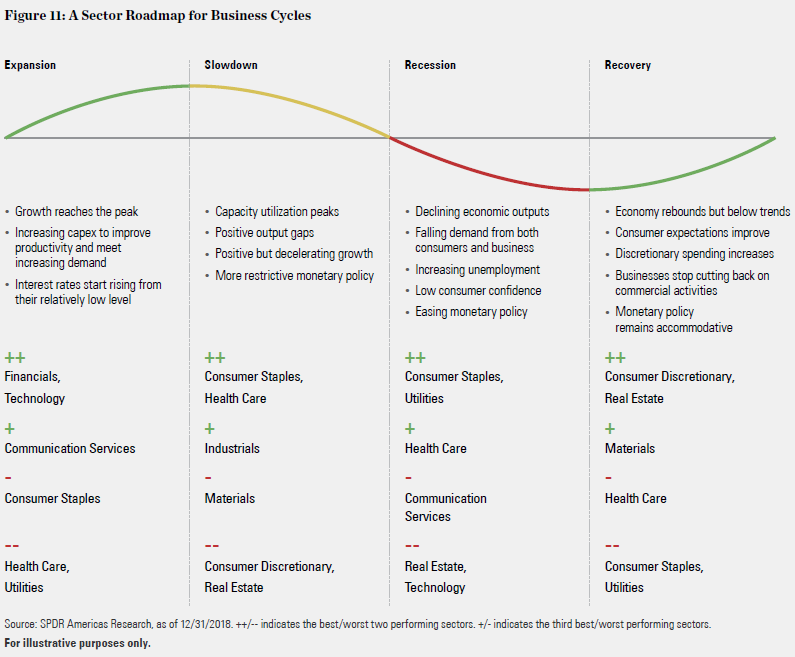The Shifting Landscape Of The Chinese Auto Market: Lessons From BMW And Porsche

Table of Contents
The Rise of Domestic Brands and EV Adoption
The Chinese auto market is no longer dominated solely by international brands. The rise of innovative and technologically advanced Chinese automakers is significantly impacting market share and forcing established players to adapt.
Increased Competition from Local Players
The emergence of brands like BYD, NIO, and Xpeng represents a formidable challenge. These domestic players are not only competitive on price but also offer technologically advanced vehicles, often exceeding international counterparts in certain areas.
- Increased competition in pricing and technology: Domestic brands often leverage economies of scale and a deep understanding of the local market to offer highly competitive pricing and features.
- Focus on electric vehicles (EVs) and hybrid technology: Chinese automakers are aggressively pursuing electrification, leading the global charge in EV innovation and production.
- Leveraging advanced driver-assistance systems (ADAS): Many Chinese EV brands are incorporating cutting-edge ADAS features, attracting tech-savvy consumers.
The Electrification Push
The Chinese government's ambitious push towards electric vehicles is a key driver of market change. Substantial government support is accelerating the adoption of EVs and shaping the future of the Chinese auto industry.
- Government incentives and subsidies for EV adoption: Generous subsidies and tax breaks are making EVs more affordable and accessible to consumers.
- Development of charging infrastructure: Significant investments are being made in the development of a nationwide charging network, addressing range anxiety concerns.
- Stricter emission standards: Stringent emission regulations are pushing automakers to prioritize fuel efficiency and electric mobility.
Luxury Segment Dynamics and Consumer Preferences
The luxury segment within the Chinese auto market presents both unique opportunities and significant challenges. Understanding the evolving preferences of Chinese luxury consumers is paramount for success.
Changing Consumer Tastes
Chinese luxury car buyers are increasingly sophisticated and demand more than just a prestigious brand. They seek unique experiences and personalized offerings.
- Preference for personalized customization: Tailored options and exclusive features are highly valued by Chinese luxury consumers.
- Focus on digital connectivity and in-car entertainment: Seamless integration of technology and advanced infotainment systems are crucial selling points.
- Emphasis on brand storytelling and emotional connection: Luxury brands need to cultivate a strong emotional connection with Chinese consumers beyond mere product features.
BMW and Porsche's Strategies
BMW and Porsche have employed distinct strategies to navigate the complexities of the Chinese luxury market. BMW has focused on localized production and model adaptation, while Porsche has prioritized maintaining its brand exclusivity.
- BMW's localized production and model adaptation: BMW's significant investment in local production facilities allows for quicker response to changing market demands and cost efficiencies.
- Porsche's focus on maintaining brand exclusivity: Porsche has maintained a strong focus on its brand heritage and exclusivity, appealing to a specific segment of the market.
- Successes and failures in catering to unique Chinese consumer demands: Both brands have seen successes and faced challenges in adapting their offerings to the nuanced preferences of Chinese luxury consumers. Learning from these experiences is vital for future success.
Navigating Regulatory Hurdles and Government Policies
The Chinese auto market is heavily regulated, presenting significant challenges but also opportunities for those who can successfully navigate the regulatory landscape.
Stringent Regulations
Compliance with stringent regulations on emissions, safety, and data privacy is a major undertaking for automakers.
- Compliance costs and challenges: Meeting these regulations often involves substantial investments and complex processes.
- Data localization requirements: Regulations regarding data storage and processing within China necessitate careful planning and adaptation.
- Navigating complex bureaucratic processes: The regulatory environment can be complex, requiring extensive expertise and local partnerships.
Government Support and Investment
Despite the regulatory hurdles, the Chinese government offers considerable support for the automotive industry.
- Access to subsidies and funding: Government incentives and funding are available for companies investing in research, development, and manufacturing within China.
- Investment in technological development: Significant investments are being made in technological infrastructure and innovation, fostering advancements in the automotive sector.
- Opportunities for collaboration with local partners: Collaborations with Chinese companies can provide access to local expertise, market insights, and distribution networks.
Conclusion
The Chinese auto market is a complex and rapidly changing environment. While established players like BMW and Porsche have experienced both success and challenges, their experiences offer valuable insights. Understanding the rise of domestic brands, the accelerated adoption of EVs, evolving consumer preferences, and the regulatory landscape is crucial for all automakers aiming to thrive in this dynamic market. To succeed in the Chinese auto market, companies must embrace localization, prioritize technological innovation, and deeply understand the evolving needs and desires of Chinese consumers. By analyzing the strategies of industry leaders and adapting to the unique characteristics of this market, automakers can effectively navigate its complexities and capitalize on its immense potential. Don't miss out on the opportunities presented by this rapidly growing and influential automotive market. Start planning your strategy for success in the Chinese auto market today.

Featured Posts
-
 The Great Decouplings Impact On Industries A Sector By Sector Analysis
May 09, 2025
The Great Decouplings Impact On Industries A Sector By Sector Analysis
May 09, 2025 -
 Pogoda V Kontse Aprelya 2025 Perm I Permskiy Kray Gotovyatsya K Snegopadam I Pokholodaniyu
May 09, 2025
Pogoda V Kontse Aprelya 2025 Perm I Permskiy Kray Gotovyatsya K Snegopadam I Pokholodaniyu
May 09, 2025 -
 Ray Epps Defamation Lawsuit Against Fox News Details Of The Jan 6th Claims
May 09, 2025
Ray Epps Defamation Lawsuit Against Fox News Details Of The Jan 6th Claims
May 09, 2025 -
 Home Office Intensifies Asylum Restrictions Focus On Three Key Countries
May 09, 2025
Home Office Intensifies Asylum Restrictions Focus On Three Key Countries
May 09, 2025 -
 Planned Elizabeth Line Strikes Impact On Services This February And March
May 09, 2025
Planned Elizabeth Line Strikes Impact On Services This February And March
May 09, 2025
